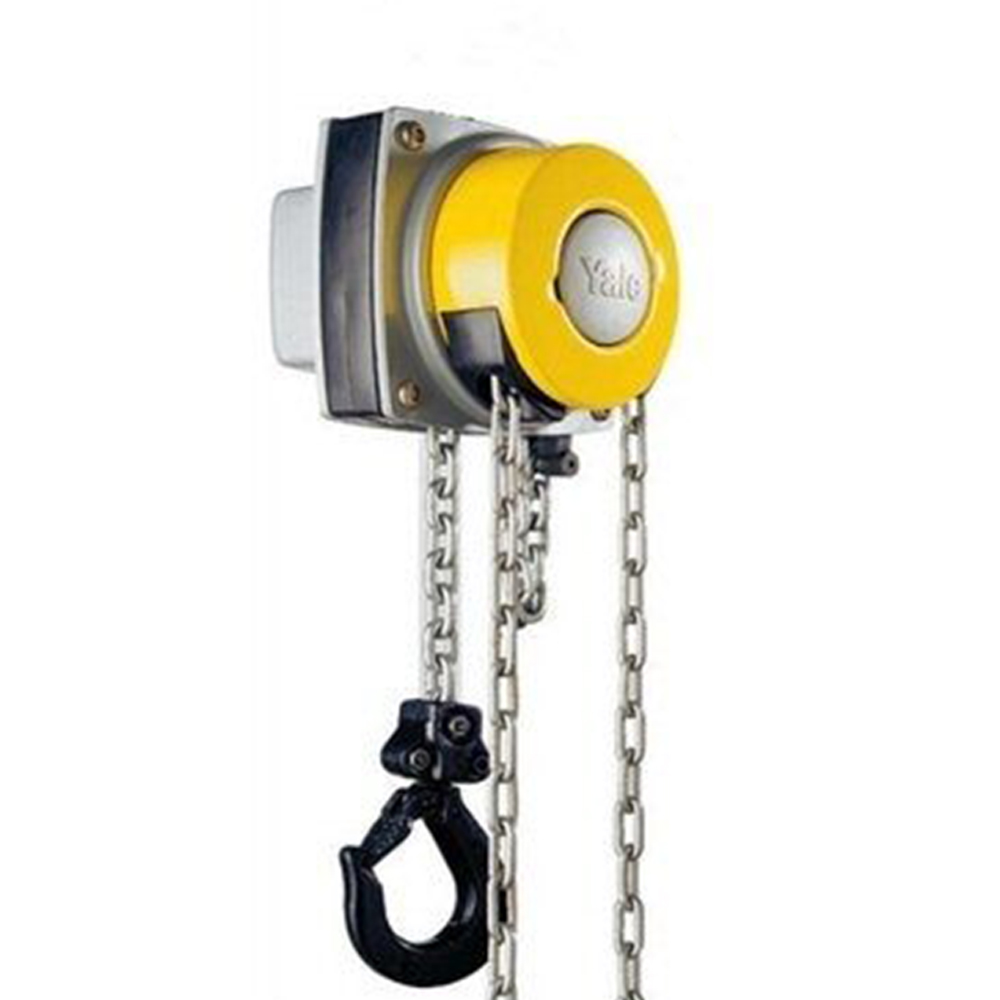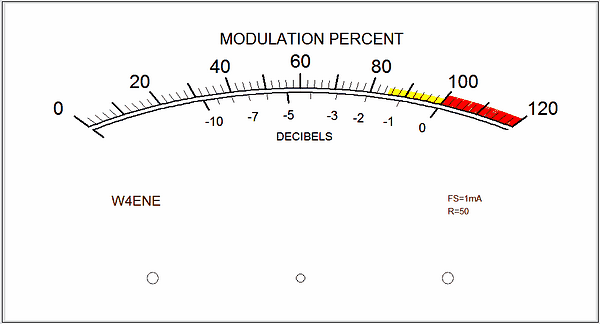

At this same starting height, the PE is the same as before. Thus, when the ball returns to its original height, their is less TME than immediately after it was thrown. In this case, air resistance does negative work to remove energy from the system. If non-conservative forces do negative work (i.e., F nc*d*cos(Theta) is a negative number), then the final TME is less than the initial TME. Do consider the effects of air resistanceĭuring any given motion, if non-conservative forces do work upon the object, then the total mechanical energy will be changed. When the ball returns to its original height, its kinetic energy is _ Joules. The kinetic energy is transformed into gravitational potential energy on the path towards the peak of its trajectory. A ball is projected into the air with 100 J of kinetic energy. Potential Energy | Kinetic Energy | Analysis of Situations in Which Mechanical Energy is Conservedġ6. Substituting 500 N for m*g (500 N is the weight of the diver, not the mass) and 10 m for h will yield the answer of 5000 J. Assuming negligible air resistance, the kinetic energy of the diver upon hitting the water is equal to the potential energy of the diver on top of the board. Initially, there is only PE finally, there is only KE. The use of the work-energy theorem and a simple analysis will yield the solution to this problem. The diver will possess _ Joules of kinetic energy when she hits the water. She steps off a diving board that is elevated to a height of 10 meters above the water. Īnalysis of Situations Involving External Forcesġ5. A detailed discussion of the distance-speed squared relationship can be found at The Physics Classroom Tutorial. So if the speed is tripled from 40 km/hr to 120 km/hr, then the stopping distance is increased by a factor of 9 (from 20 m to 9*20 m or 180 m). For this reason, the skidding distance is directly proportional to the square of the speed. Work is directly proportional to the displacement of the car (skidding distance) and the kinetic energy is directly related to the square of the speed (KE=0.5*m*v 2).

When a car skids to a stop, the work done by friction upon the car is equal to the change in kinetic energy of the car. How far will the car skid with locked brakes if it is traveling at 120.
Tonne meter key string driver#
A 1000-kg car is moving at 40.0 km/hr when the driver slams on the brakes and skids to a stop (with locked brakes) over a distance of 20.0 meters. A detailed discussion of a similar situation (the waiter and the tray of food) can be found at The Physics Classroom Tutorialġ4. Since the cosine of 90-degrees is 0, the child does not do any work upon the box. The angle between the force (vertical) and the displacement (upward) vectors is 90 degrees. In this specific situation, the child is applying an upward force on the box (he is carrying it) and the displacement of the box is horizontal. How much work does he do on the box while walking across the floor at constant speed?įor any given situation, the work done by a force can be calculated using the equation W = F*d*cos(Theta) where F is the force doing the work, d is the displacement of the object, and Theta is the angle between the force and the displacement. The child then carries the box with constant speed to the other side of the room and puts the box down. Of course, this assumes no energy is lost to air resistance, friction or any other non-conservative forces and that the arrow is shot horizontally.Īnalysis of Situations in Which Mechanical Energy is Conservedġ3. When released, this energy is converted into kinetic energy such that the arrow will have 50 J of kinetic energy upon being fired.

When released, the arrow will have a kinetic energy of _ Joules.Ī drawn arrow has 50 J of stored energy due to the stretch of the bow and string. An arrow is drawn back so that 50 Joules of potential energy is stored in the stretched bow and string. Since the 2400-kg car weighs 2X as much as the 1200-kg car, it would require twice as much work to lift it the same distance.ĭefinition and Mathematics of Work | Calculating the Amount of Work Done by Forcesġ2. The force required to raise the car at constant speed is equivalent to the weight (m*g) of the car. The amount of work done by a force to displace an object is found from the equation W = F*d*cos(Theta) Lifting the more massive car requires _ work. A 1200 kg car and a 2400 kg car are lifted to the same height at a constant speed in a auto service station.

NOTE: The next 15 questions presume that the value of g is 10 m/s/s.ġ1. The Review Session » Work and Energy Packet » Answers Q#11-25 Work and Energy Review


 0 kommentar(er)
0 kommentar(er)
